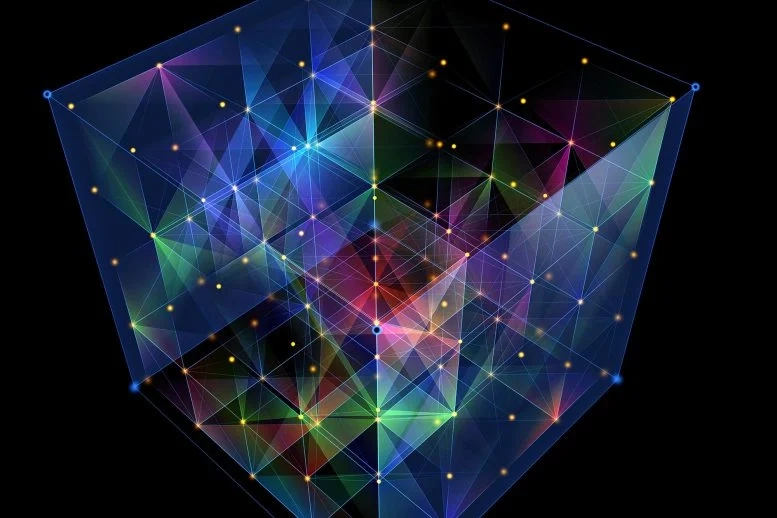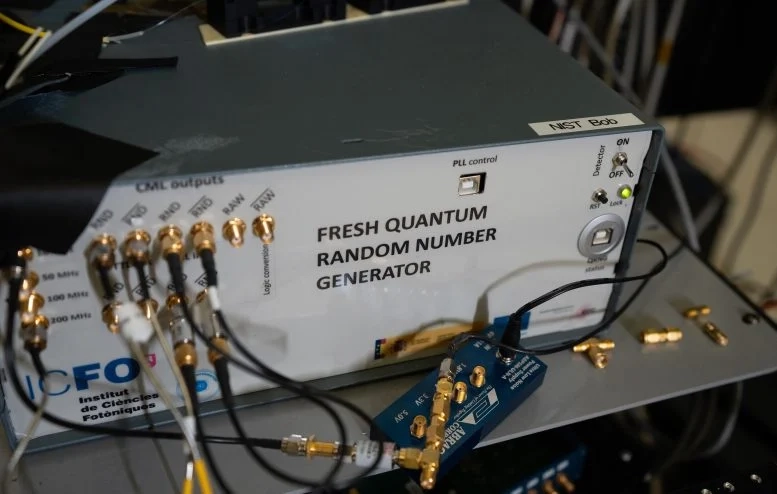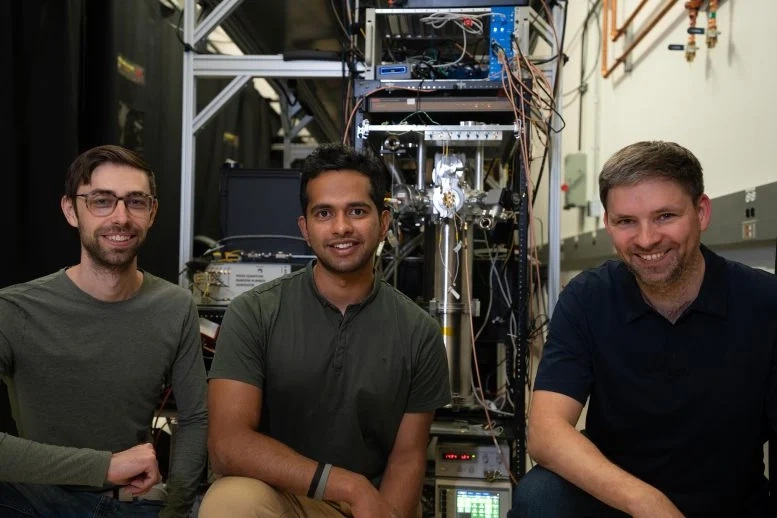 The universe now has an open, quantum-powered dice rollfree, provable, and ready for anyone to use. Credit: Shutterstock
The universe now has an open, quantum-powered dice rollfree, provable, and ready for anyone to use. Credit: Shutterstock
NISTs CURBy beacon transforms quantum spooky action into certified random numbers, guarded by a blockchain-like Twine protocol and broadcast for public usefrom jury selection to cryptography.
- Quantum breakthrough: NIST and the University of Colorado Boulder have built the first random-number generator powered by quantum entanglement, producing numbers no one can predict.
- Free public stream: The Colorado University Randomness Beacon (CURBy) broadcasts these numbers daily, ready for fair jury selection, public lotteries, audit sampling, and more.
- Tamper-proof trust: A NIST-designed system called Twine lets anyone trace and verify each bit, protecting the beacon from manipulation.
Randomness Drives Fairness & Security
Randomness drives everything from fair games to cybersecurity. We draw straws, roll dice, and flip coins because we trust unpredictable outcomes. Auditors rely on random picks to avoid bias, and cryptographers build unbreakable passwords from strings no one can foresee.
Yet most random numbers come from computer tricks that only look unpredictable. Given enough knowledge, a clever hacker or even a practiced coin-flipper can spot patterns and cheat the system.
True randomness is something that nothing in the universe can predict in advance, said Krister Shalm, a physicist at the National Institute of Standards and Technology (NIST). Even if a random number generator used seemingly random processes in nature, it would be hard to verify that those numbers are truly random, Shalm added.
 Instrumentation for the quantum random number generator in the NIST Boulder laboratories. Credit: NIST
Instrumentation for the quantum random number generator in the NIST Boulder laboratories. Credit: NIST
From Einsteins Doubt to Quantum Beacon
Enter quantum mechanics. Einstein once doubted natures chaos, saying, God does not play dice with the universe. Modern experiments prove otherwise. Using a Bell testan experiment that taps the inherent unpredictability of entangled particlesShalms team has turned quantum chance into a stream of verifiable random numbers. Their work, just published in Nature, shows that if the universe really does roll dice, we can harness those rolls for rock-solid security and public trust.
If God does play dice with the universe, then you can turn that into the best random number generator that the universe allows, Shalm said. We really wanted to take that experiment out of the lab and turn it into a useful public service.
To make that happen, NIST researchers and their colleagues at the University of Colorado Boulder created the Colorado University Randomness Beacon (CURBy). CURBy produces random numbers automatically and broadcasts them daily through a website for anyone to use.
 From left to right, Jasper Palfree University of Colorado Boulder), Gautam Kavuri (NIST) and Krister Shalm (NIST). Credit: NIST
From left to right, Jasper Palfree University of Colorado Boulder), Gautam Kavuri (NIST) and Krister Shalm (NIST). Credit: NIST
At the heart of this service is the NIST-run Bell test, which provides truly random results. This randomness acts as a kind of raw material that the rest of the researchers setup refines into random numbers published by the beacon.
The Bell test measures pairs of entangled photons whose properties are correlated even when separated by vast distances. When researchers measure an individual particle, the outcome is random, but the properties of the pair are more correlated than classical physics allows, enabling researchers to verify the randomness. Einstein called this quantum nonlocality spooky action at a distance.
This is the first random number generator service to use quantum nonlocality as a source of its numbers, and the most transparent source of random numbers to date. Thats because the results are certifiable and traceable to a greater extent than ever before.
Quantum Advantage Made Public
CURBy is one of the first publicly available services that operates with a provable quantum advantage. Thats a big milestone for us, Shalm explained. The quality and origin of these random bits can be directly certified in a way that conventional random number generators are unable to.
NIST performed one of the first complete experimental Bell tests in 2015, which firmly established that quantum mechanics is truly random. In 2018, NIST pioneered methods to use these Bell tests to build DOI: 10.1038/s41586-025-09054-3
Never miss a breakthrough: Join the SciTechDaily newsletter.



